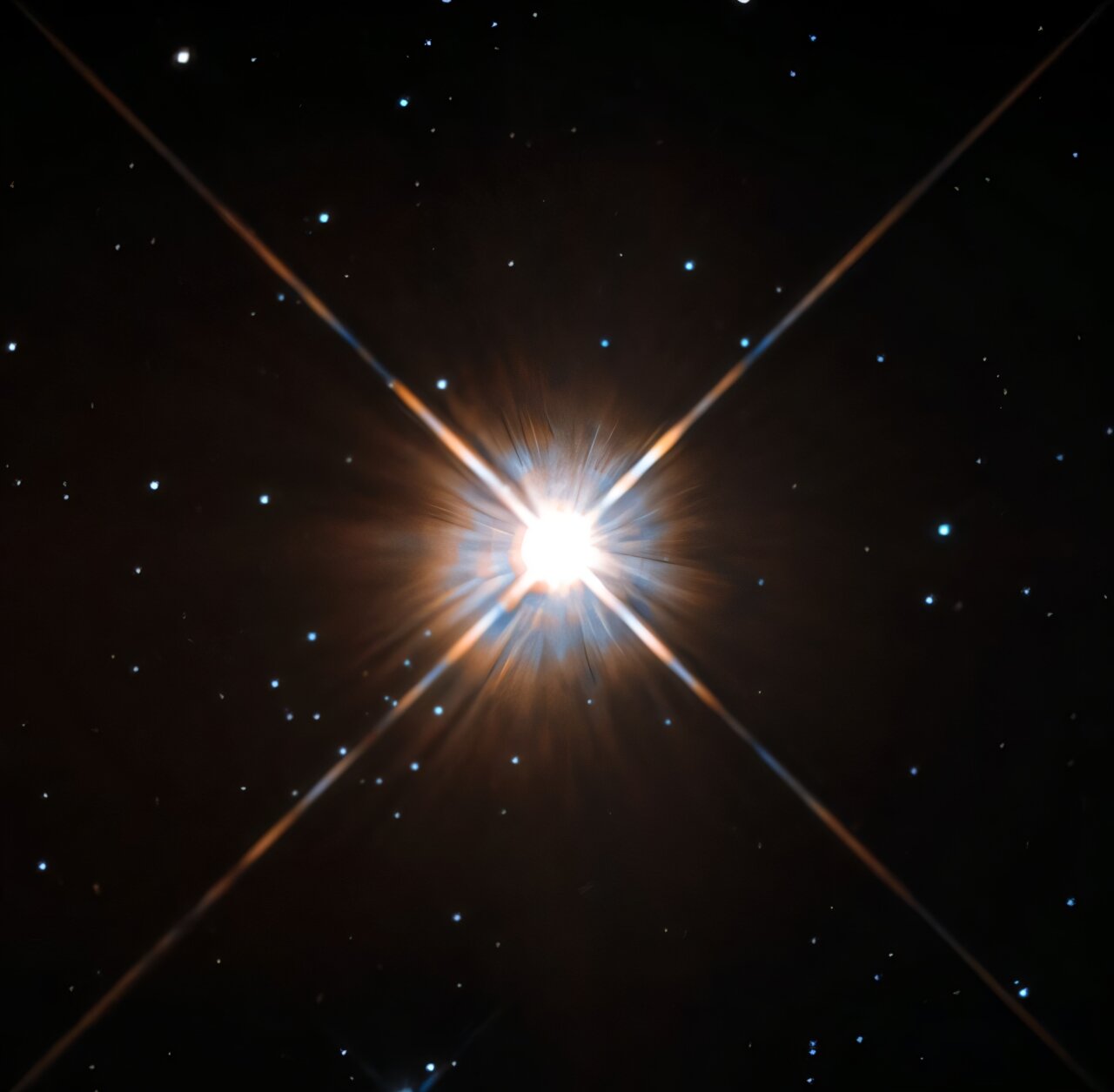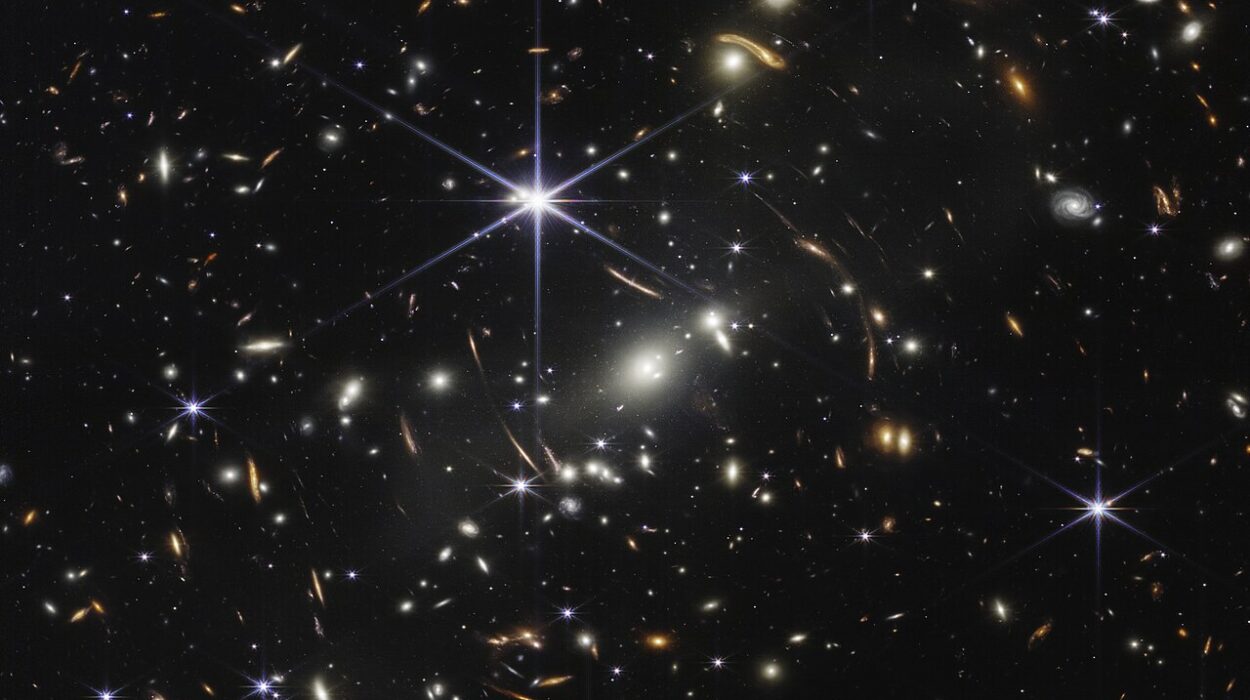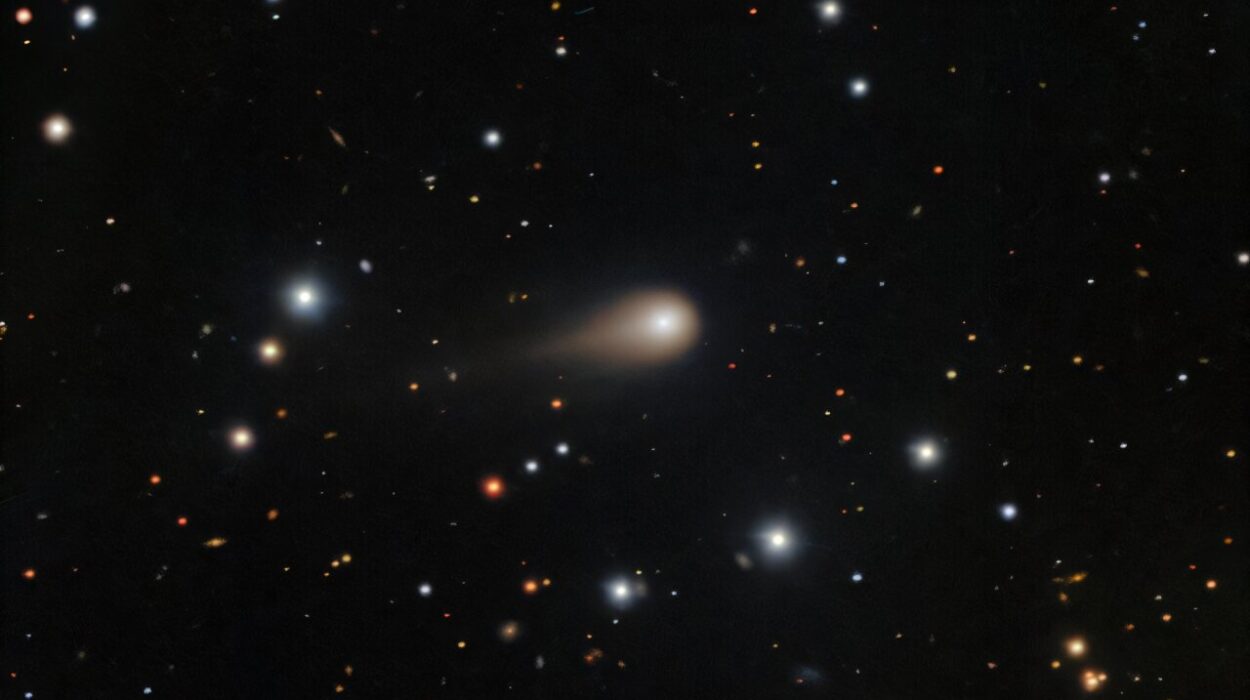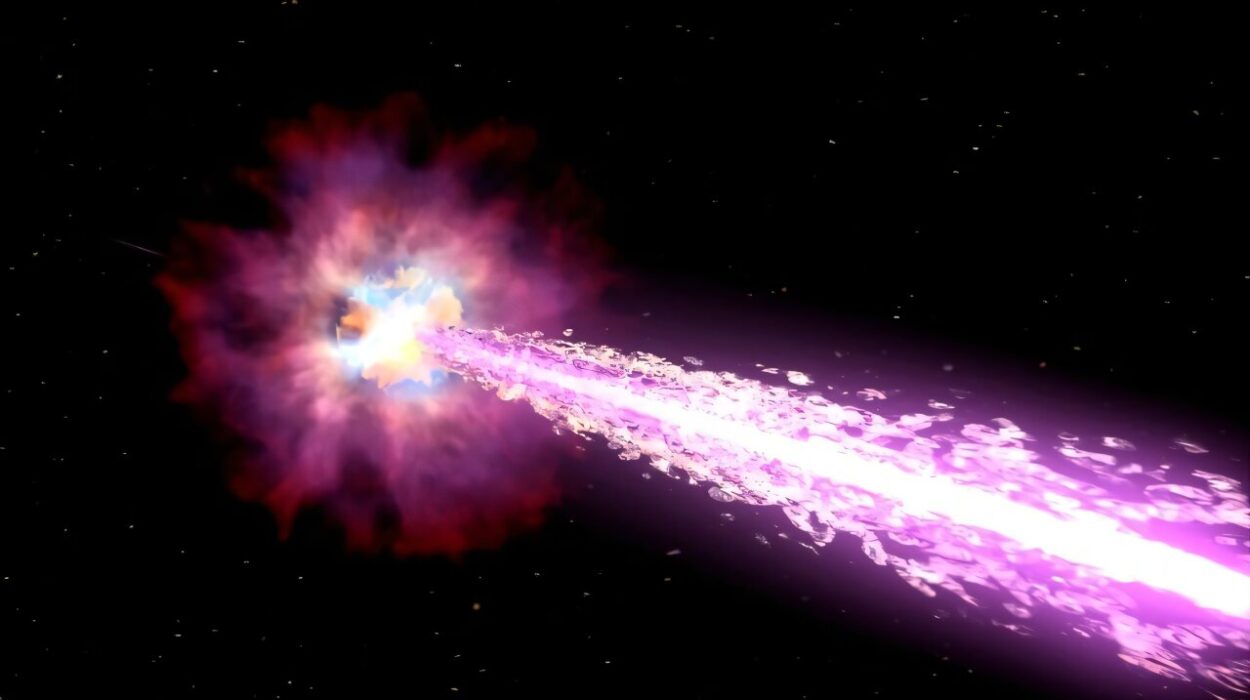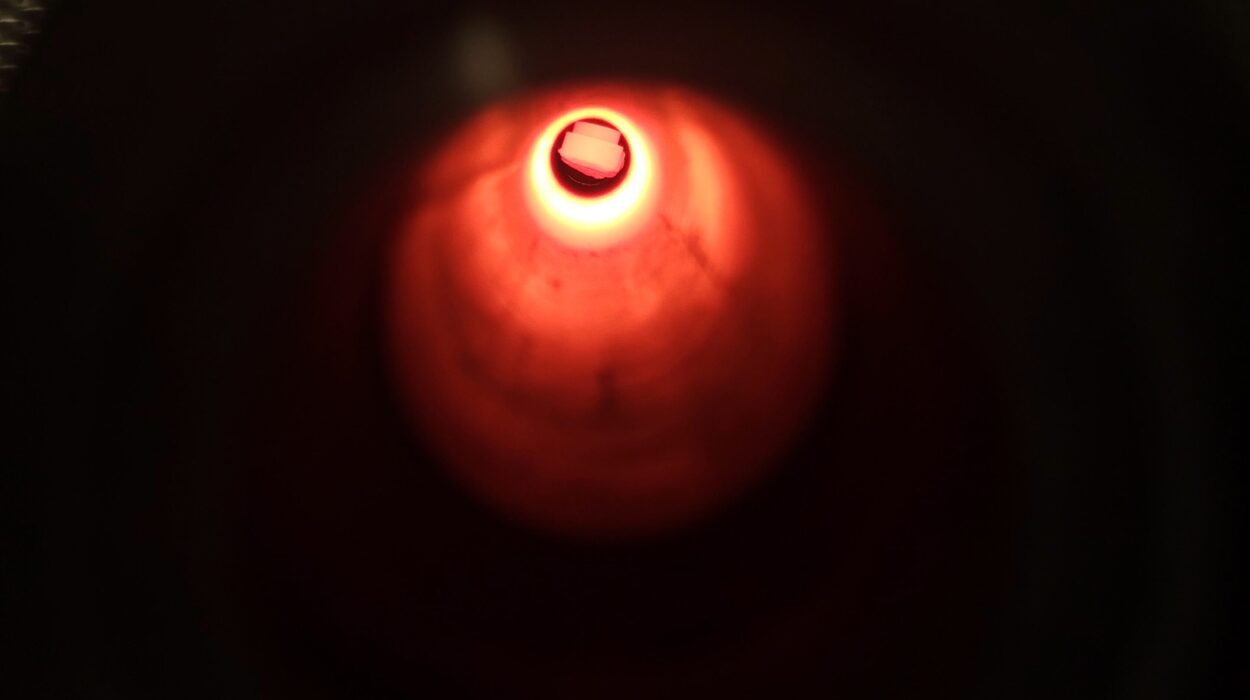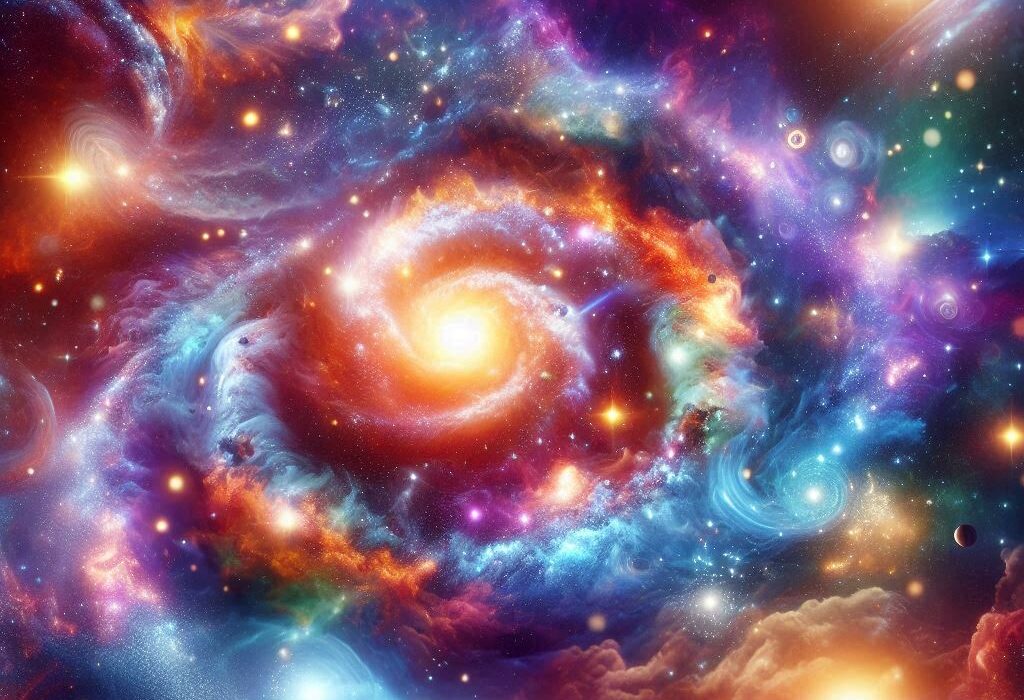The question of whether we are alone in the universe has long haunted our species. For most of modern astronomy, the pursuit of habitable worlds has followed a familiar script: seek out planets in the so-called “Goldilocks zone”—a narrow orbital sweet spot where surface temperatures allow liquid water to persist. Not too hot, not too cold. But as we probe deeper into the galaxy, the story of habitability turns out to be far more intricate—and far more unforgiving—than we once imagined.
A world’s potential to host life is not just about orbital distance or mild sunshine. It is about surviving the full brutality of the cosmos: solar flares, cosmic radiation, atmospheric chemistry, internal geodynamics, and a hundred other invisible variables. A habitable world, it turns out, must be resilient, not just comfortable.
Enter McCullen Sandora, a theoretical physicist at the Blue Marble Space Institute of Science in Seattle. In a new study posted to the arXiv preprint server, Sandora offers a powerful reframing of the habitability question, one that weaves together observational astronomy, theoretical physics, and even the tantalizing possibility of the multiverse. The result is a statistically grounded, elegantly simple model that doesn’t just seek to locate life—it seeks to understand the kind of cosmic environments life prefers.
Rethinking Earth: Not the Rule, but the Sample
Sandora’s method starts with a deceptively humble assumption: that we are not special. Known as the “Copernican Principle,” this notion suggests that Earth is not at the center of the cosmos in any physical or philosophical sense. It’s not just humility—it’s math.
If Earth is a randomly selected data point in a sea of planetary environments, then its characteristics offer clues about the larger distribution of life-bearing planets. By reverse-engineering the cosmic lottery that produced us, we might glean information about which environments are statistically better at fostering life.
Consider the Sun: a G-type yellow dwarf star. It’s luminous, stable, and relatively rare, making up only about 7% of the galaxy’s stellar population. In contrast, red dwarf stars—cooler, dimmer, longer-lived—make up around 70%. From a purely numerical standpoint, if life could emerge equally well (or better) around red dwarfs, then we should statistically expect to find ourselves orbiting one. But we don’t.
This is the heart of Sandora’s model. If red dwarf systems were more than 8.1 times as habitable as G-type stars, our existence around a yellow dwarf would be statistically improbable—less than a 5% chance. Our presence here becomes evidence that red dwarfs may not be vastly superior in nurturing life after all.
Stars, Statistics, and the Secret Rules of Life
This probabilistic approach isn’t just about stars—it’s about environments. What makes a world livable is more than temperature. A planet needs a magnetic field to deflect high-energy radiation, a stable axis to maintain seasons and climate, plate tectonics to recycle nutrients, and an atmosphere thick enough to retain warmth but not so oppressive that it crushes or smothers. It needs time—eons of chemical evolution, biological experimentation, and evolutionary pressure.
This complexity, Sandora argues, allows statistical models to shine. If we assume that our presence around a Sun-like star is typical rather than exceptional, we can begin to place upper bounds on the likelihood of life arising in more exotic locales.
This is where the work becomes even more ambitious. Because if we extend our scope beyond our own universe—into the realms of the hypothetical multiverse—these statistical tools become exponentially more powerful.
The Multiverse as a Cosmic Laboratory
The multiverse hypothesis posits that our universe may be just one of many, each with its own laws of physics, elemental compositions, and cosmic conditions. In some universes, the gravitational constant might be slightly different, altering star formation. In others, the chemistry of life could be built on silicon instead of carbon—or on solvents other than water. Some universes might be overflowing with rogue planets—untethered, sunless worlds wandering the void.
Sandora’s insight is that in a multiverse setting, we’re not limited to just Earth as a case study. Our universe becomes part of a larger statistical ensemble, and our existence within it becomes a kind of observational constraint. If life emerges predominantly in universes rich in red dwarfs, water worlds, or rogue planets, we should expect to find ourselves in such a place.
But we don’t. And that matters.
When Sandora applies this logic to various exotic environments—ocean worlds with global depths hundreds of kilometers deep, tidally locked planets forever staring into their star, icy moons like Europa, or even planets adrift in interstellar darkness—he finds that their relative habitability drops under scrutiny. The multiverse lens tightens the noose on which worlds are truly life-friendly, making it far harder for exotic environments to outperform Earth-like ones without contradicting our own existence.
Rogue Planets and Alien Oceans: Could Life Thrive Without Sunshine?
Among the most speculative—and intriguing—possibilities for life are rogue planets. These nomadic bodies drift through interstellar space without a parent star, seemingly too cold and dark to support life. Yet models suggest that a thick hydrogen atmosphere could trap enough internal heat from radioactive decay to maintain a subsurface ocean. Could life exist there, in endless night, beneath an insulating gas shell?
Sandora’s framework doesn’t dismiss the idea—but it puts limits on it. If rogue planets were significantly better habitats for life, we wouldn’t expect life to arise on a sunlit world like Earth. The fact that we find ourselves in orbit around a warm, middle-aged star places a statistical cap on how common life-bearing rogue planets can be.
A similar argument applies to ocean worlds. While water is often touted as life’s elixir, too much of it may be a problem. Deep oceans could suppress volcanic activity or sequester critical nutrients at unreachable depths, disrupting the biochemical cycles necessary for complex life. Again, our presence on a planet with relatively shallow oceans and active geology may be telling us something about what nature prefers.
The Water Question: Is H₂O Really So Special?
Water is central to life as we know it. It is the universal solvent, capable of dissolving a vast array of molecules necessary for metabolism, replication, and growth. Its anomalous properties—such as ice floating instead of sinking—prevent entire ecosystems from freezing to death in winter. But are these properties essential to all forms of life, or just convenient for ours?
Sandora’s multiverse logic again comes into play. If life is possible in universes with alternative solvents—like methane, ethane, or ammonia—but still overwhelmingly chooses water-rich environments, then water’s dominance must stem from more than historical accident. But if we discover life based on radically different chemistries, thriving in places far stranger than Earth, the multiverse model would face a serious blow.
In that case, life wouldn’t be gently favoring water-based worlds. It would be actively flocking to the weird and the exotic—suggesting that Earth’s conditions aren’t typical, but exceptional. That would imply that our universe might be fine-tuned not just for life, but for our kind of life. And that opens a very different philosophical can of worms.
Are We the Rule—or the Exception?
Sandora’s research offers a powerful philosophical implication: Our very existence might carry hidden information about the cosmic playing field. In a multiverse of infinite variation, where universes are rolled like dice across endless possibility space, finding ourselves in a particular environment is not just a passive observation. It’s a clue.
If red dwarfs were better hosts for life, we wouldn’t be here. If rogue planets were fertile, we wouldn’t need a sun. If exotic solvents were equally viable, we wouldn’t swim in water. Our presence among these variables allows us to statistically rule out certain worlds as dominant cradles of life—unless we are, against all odds, the exception that proves no rule.
And that’s the delicate paradox. Either our environment reflects life’s universal preferences, or our existence is an improbable outlier. Either way, the result is meaningful. We can no longer afford to treat Earth’s habitability as an isolated miracle or a cosmic accident. It is a data point in a growing graph of planetary possibilities—a whisper from the cosmos about what it takes to live.
Conclusion: The First Inkling of a New Science
In the end, Sandora’s approach doesn’t offer definitive answers—but it refines the questions. It gives us a framework to rank possible habitats for life, not just based on chemistry or climate, but on deep statistical inference rooted in our own existence.
The beauty of this method is that it turns our own biases—our location, our biology, our conditions—into tools for cosmic reasoning. In a universe we cannot sample directly, we become the sample. And that, perhaps, is the genius of it.
As telescopes like the James Webb Space Telescope and future exoplanet missions scan the skies for biosignatures and alien atmospheres, they may begin to populate the variables in Sandora’s model. Each discovery—each exoplanet, moon, or rogue body—will serve as a datapoint in the hunt not just for life, but for understanding what life is, and why it chooses some cradles over others.
Whether we are alone, or just one flicker among infinite flames, may depend on how well we listen—not just to the stars, but to the quiet mathematics of our own existence.
Reference: McCullen Sandora, Multiverse Predictions for Habitability: The Habitability of Exotic Environments, arXiv (2025). DOI: 10.48550/arxiv.2505.20557
